In March 2023, the banking sector suffered its biggest crisis in 15 years. Several banks either voluntarily shut down, were seized by the Federal Deposit Insurance Corporation or were rescued by regulators or larger banks. Not since 2008 had so many banks suddenly faced such stress. Financial pain and consumer and investor anxiety rippled worldwide. So, what are leaders of small or medium-sized businesses to learn from this most recent banking fiasco?
Here are three critical takeaways for SMBs as the market puts this in its rearview mirror.
Businesses need to have multiple banking relationships, because if the bank with your deposits has a problem, things will be easier for you if you have banking alternatives.
With more than one current business bank account, moving money between banks is relatively painless. However, if you need to open a new account, due to banking’s compliance and know-your-customer rules, it takes time—time you won’t have in a crisis.
Multiple banking relationships are also helpful if you’re not having a positive banking relationship with one bank. Maybe you had a great relationship manager at the bank, but they left, and the new manager isn’t as good. You might want to find a bank that provides a better quality relationship.
Not every bank does everything equally well. Global commercial banks are good at foreign exchange and international banking, so choosing one for your international banking makes sense. Regional banks may offer better terms for credit lines or financing. Smaller, local banks may provide you with more customized personal service. They’ll get to know you and your business needs better and may have greater flexibility in meeting them than a large bank.
Finally, it doesn’t hurt that keeping your money in multiple accounts protects more of your cash with FDIC insurance. Managing many accounts becomes complicated, and a treasurer or treasury management system may be worth looking into depending on the size of your cash needs.
For any deposit-oriented transaction where a vendor takes your money and serves as an intermediary on your behalf, you need to know where your money is. Businesses have numerous intermediaries, such as treasury or payment fintechs, banks, 401(k) trust companies, brokers, and payroll providers.
Typically, these intermediaries may hold onto the cash you provide them as they complete the transaction that they are processing for you, such as contributions to 401(k) plans or your payroll. That cash is typically held somewhere before the transaction is finalized—even if it’s just for a short time. It’s important to understand where it is placed, who owns the account and who has access to it. In the event of a crisis with the intermediary, or the intermediary’s financial institution, your cash could be tied up in bankruptcy for weeks or months or wholly lost.
You also need to know the vendor’s responsibility for the money you provide them. For example, if your payroll provider’s bank has trouble, are they still responsible for paying your employees?
Before this recent crisis, it may have seemed that questions like this were irrelevant, but they weren’t. There just hadn’t been a problem of this magnitude since 2008. FDIC insurance generally only covers insured deposits up to $250,000 per account. In the case of the recently failed banks, the FDIC and the Federal Reserve made exemptions and changes to insured amounts. Still, there is no guarantee that those changes will remain in place or how uninsured deposits will be handled after this crisis passes.
Suffice it to say that holding millions of dollars in uninsured deposits requires a new standard of diligence.
When it comes to your money, you can never have too much information. If you can afford it, hire treasury support to help you think about these issues. A treasurer is skilled in managing corporate cash and investments. However, given that for many SMBs, this may be an expensive proposition, asking your banker and knowing the details of any financial arrangement may be the best place to start.
If you haven’t already, ask what happens to your money if your bank gets into financial difficulty. For your payment processors, like payroll, ask them about their bank exposure. What are their protections and responsibilities once you give them the cash? What is their plan for dealing with a banking crisis? You may not be an expert, but they should be able to provide you with a reasonable answer. Ask these questions to any company that’s paying on your behalf and consider what your company would do if it couldn’t access its cash.
It is tough to align the management of your cash to the risks you are willing to take without knowing what might happen to your money in a crisis scenario that impacts your financial partners. There are trade-offs you’ll have to understand. Using a payroll company is easier than doing it yourself, but it adds a level of risk. Do you know what that risk is? It’s easier to have money in a single account, even if it’s uninsured, but the recent crisis shows that there is substantial risk involved. The government may not follow the same playbook the next time a crisis hits.
Take this opportunity to add banking relationships and ask the hard questions. You might not have immediate answers, but you at least will be aware of the risks and hopefully have a plan in place for the next unexpected financial crisis.
Originally published by Forbes Finance Council